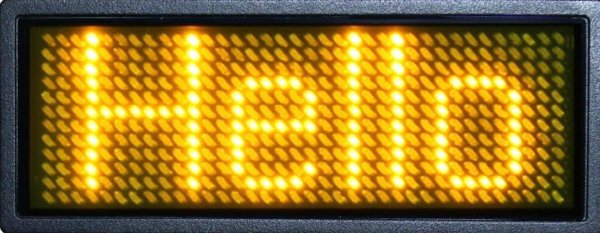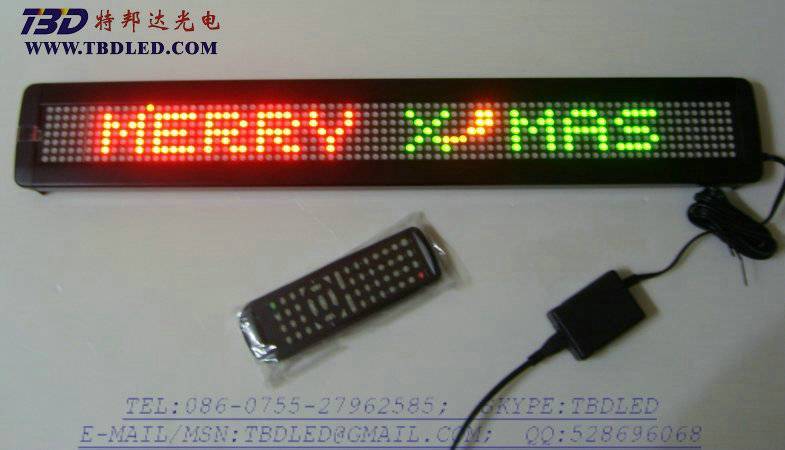

The controller is able to remember the LED settings when power is removed and reapplied, which will be very helpful. The LED controller accepts commands from the remote control, allowing the LED colors to be set and for different display patterns to be selected.

There are several potential solder points (highlighted in yellow). There's also a ground plane (highlighted red in the third picture), a +12 volt power rail, and a +4.7 volt power rail (highlighted in blue). I'm guessing that the lower IC is a MOSFET control chip, which turns power on and off to each of the LED power lines (I could be wrong about this, however).

It changes the LED color, does pulse-width modulation (PWM), and controls the light patterns. The upper IC in the pictures is the brains of the controller. Somehow the circuit needs to be modified to allow the microcontroller to control the power supplied to the logic portion of the LED controller circuit board.Ī quick look at the LED controller circuit board shows that there are two black ICs. This is the approach I took for this Instructable.

Wire the microcontroller into the existing circuitry.To be honest, and let's be clear about this, I'm far, far too lazy to do all that work, which leaves option number. However, that's quite a lot of work and a lot of additional electronic components. This would require integrating the remote control receiver into the new microcontroller, reverse engineering the remote protocol, adding MOSFETs to control power to each of the LED channels (and, probably, a MOSFET control chip), and programming the light values and patterns into the microcontroller. Build an entirely new control circuit.The idea is to be able to add a microcontroller that can control the power to the LED strip (turn it on and off as needed), without losing the ability to control the color and pattern with the remote control. ) came with an LED controller and remote control, which I think is quite common. If you just want to get on with the instructions already, feel free to skip to the next step.) (This step is a discussion of my approach to hacking the LED strip, and may not necessarily be well described.


 0 kommentar(er)
0 kommentar(er)
